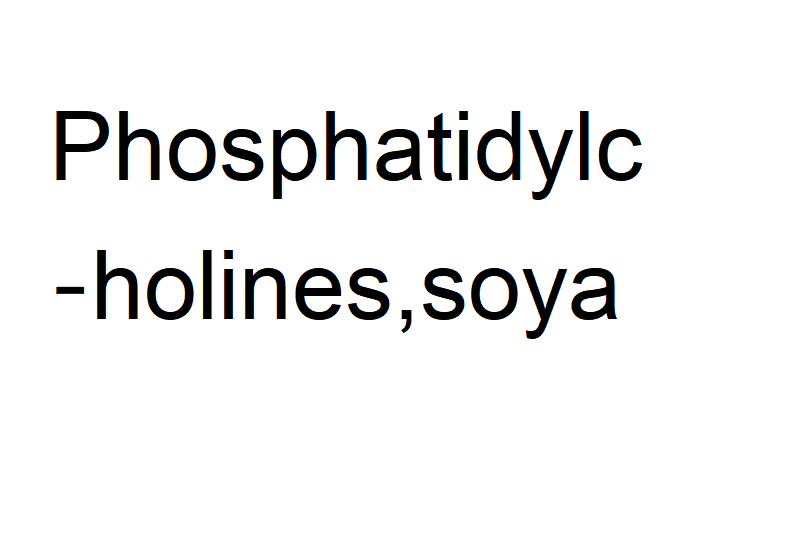
Phosphatidylcholines,soya
CAS No. 97281-47-5
Phosphatidylcholines,soya( Soybean phosphatidylcholine )
Catalog No. M25021 CAS No. 97281-47-5
Phosphatidylcholines,soya is a phosphatidylcholine from soybean used in the preparation of liposomes.
Purity : >98% (HPLC)
 COA
COA
 Datasheet
Datasheet
 HNMR
HNMR
 HPLC
HPLC
 MSDS
MSDS
 Handing Instructions
Handing Instructions
| Size | Price / USD | Stock | Quantity |
| 100MG | 45 | In Stock |


|
| 200MG | Get Quote | In Stock |


|
| 500MG | Get Quote | In Stock |


|
| 1G | Get Quote | In Stock |


|
Biological Information
-
Product NamePhosphatidylcholines,soya
-
NoteResearch use only, not for human use.
-
Brief DescriptionPhosphatidylcholines,soya is a phosphatidylcholine from soybean used in the preparation of liposomes.
-
DescriptionPhosphatidylcholines,soya is a phosphatidylcholine from soybean used in the preparation of liposomes.
-
In VitroFibroblasts show sensitivity toward the soybean phosphatidylcholine liposomes with an IC50 of 150 μM.
-
In Vivo——
-
SynonymsSoybean phosphatidylcholine
-
PathwayOthers
-
TargetOther Targets
-
RecptorOthers
-
Research Area——
-
Indication——
Chemical Information
-
CAS Number97281-47-5
-
Formula Weight——
-
Molecular Formula——
-
Purity>98% (HPLC)
-
SolubilityEthanol:48 mg/mL (Need ultrasonic)
-
SMILES——
-
Chemical Name——
Shipping & Storage Information
-
Storage(-20℃)
-
ShippingWith Ice Pack
-
Stability≥ 2 years
Reference
1.Thomas AH, et al. Soybean phosphatidylcholine liposomes as model membranes to study lipid peroxidation photoinduced by pterin. Biochim Biophys Acta. 2016 Jan;1858(1):139-45.
molnova catalog



related products
-
ML359
ML359 is a protein disulfide isomerase inhibitor.
-
GPX-100
GPX-100 (13-deoxydoxorubicin) is an analogue of the anthracycline antitumour antibiotic doxorubicin.
-
Murepavadin TFA
Murepavadin (TFA) is a 14-amino acid cyclic peptide that is a potent, specific antibiotic used to treat bacterial infections caused by Pseudomonas aeruginosa.Murepavadin (TFA) targets the LPS transporter portin D.



 Cart
Cart
 sales@molnova.com
sales@molnova.com


